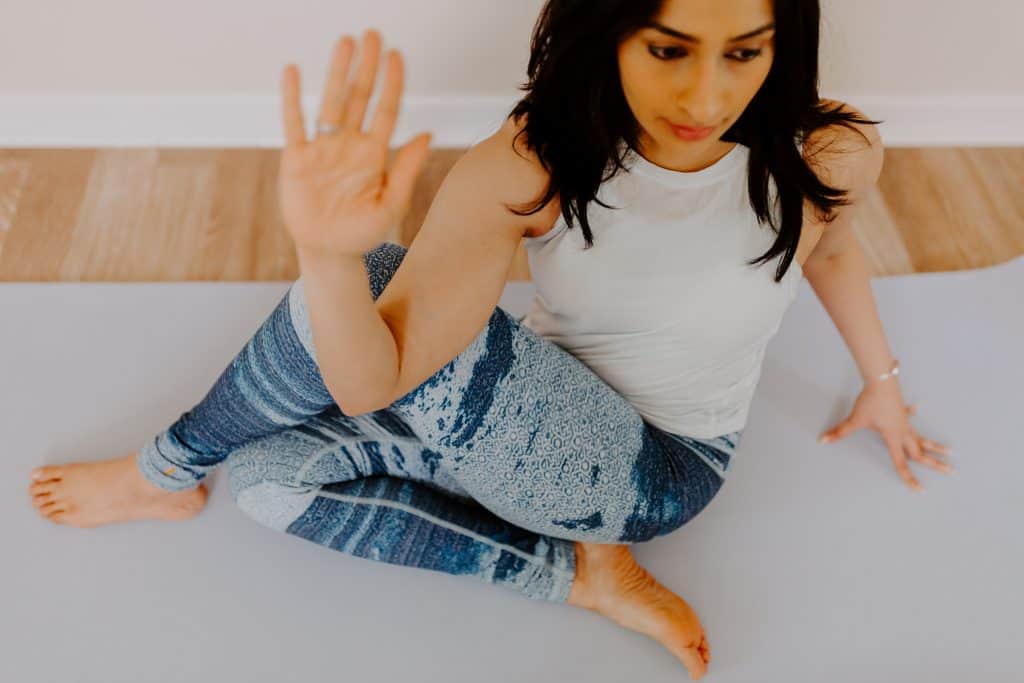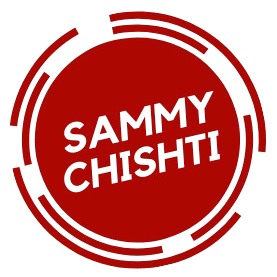51
If you listen to my podcast, you know I’m obsessed with how yoga teachers are created. I’ve had multiple conversations about raising the bar for yoga teachers & yoga students alike in yoga teacher training. Let’s look at what you should learn in a 200-hour yoga teacher training.
Is a 200-hour yoga teacher trainings enough to teach yoga?
I’ve written in-depth about this here. But the short answer is that it isn’t nearly enough. But there’s a lot more nuance to this topic. To learn more, head to the full blog here. I also cover what is a yoga teacher training & more in the same blog.
3 things to make a 200-hour yoga teacher training successful?
To truly succeed in your 200-hour yoga teacher training program, you need 3 things…
- A high-caliber yoga educator, mentor & guide with great communication skills
- A high- caliber yoga student who is not a beginner but someone who’s been doing yoga for an established period of time
- A well-structured, high-quality, in-depth yoga syllabus
An important note…
Most 200-hour yoga teacher trainings have the scope to go wide. But not deep. Remember that. A well-laid-out 200-hour yoga teacher training program should lay a strong foundation of yoga for you. But it won’t make you a master of yoga overnight. Further studies will always be required. But a 200-hour can be a good way of getting your toes wet in understanding yoga in the modern day context.

10 things to include in a 200-hour yoga teacher training…
SETTING THE FOUNDATION…
You should first & foremost learn about the origins of yoga, its history, and its passage through time. The classical and modern goalposts of yoga. The classical definitions of yoga & the modern-day interpretations. The evolution of classical & modern yoga. The validity of yoga & yoga teachers in modern yoga. Essentially setting the stage for deeper context & explorations in later parts of the training.
CULTURAL APPROPRIATION OF YOGA BY THE WEST
You cannot be a yoga teacher today in the western world & not talk about cultural appropriation of yoga. If you’re unaware of what this is. Read this article I wrote about this issue. You should explore the history of appropriation. What it means to appreciate yoga? The impact of colonization on India & its spiritual practices. Who is a yogi? Who qualifies to be a yogi? Examples of appropriation in the West. The evolution of yoga in modern India and what it means to stay true to yoga’s roots in the modern yoga context. An exceptional training will have a qualified Indian yoga teacher or someone steeped in yoga tradition leading this conversation.
WHAT IS YOGA?
Make sure your training explores what is yoga, the broad structures in yoga, lineages, and different definitions. When to define it and when to apply interpretations of yoga.
How to learn yoga well? How to learn with clarity of intention, focus, and structure. Understanding the goal of learning yoga. As well as the aim of teaching yoga. This segment should also include the theory of the energetic body of sukshma sharira as elements of inner yoga.
THE PHYSICAL PRACTICE
This segment is not limited to asana alone , but should include accessibility, yoga anatomy, application of poses, breathwork in practice, benefits and contraindications, prop usage & more… It should start with the main categorization of asanas & then dive into the fundamentals of each group of poses. This can be an elaborate aspect of every 200-hour yoga teacher training. The more practice experience you have prior to the training the more easily you’ll grasp this during the training.
YOGA SEQUENCING 101
Once you have learned how yoga poses are categorized. It’s time to learn how to sequence yoga poses. Sequencing essentially refers to placing the poses in a logical, structured order to achieve the desired goal or end result. There are many approaches to sequencing. You should dedicate time, practice, & application to learning the sequence. This again depends on your school & teachers capability coupled with your own practice.
HOW TO LIVE YOGA & UNDERSTANDING YOGA PHILOSOPHY 101
Every yoga teacher training should have a complete segment on what it means to live your yoga. If you’re new to this topic. Listen to this episode on my podcast to learn more. Most yoga happens off your mat. Learning & applying yoga philosophy are 2 very important aspects. No yoga student or yoga teacher can be complete without these.
SELF-PRACTICE & SADHANA
Before you ever think of teaching yoga. You need to develop a self-practice. One that includes on mat & off mat practices. Self-practice & sadhana are different but both are integral to yoga. If you aim to make long a lifelong practice, this is a significant part of a YTT.
TEACHING METHODOLOGY, APPROACHES & SKILLS
If you’re keen to teach yoga, a YTT should teach you how to build teaching yoga skills. You need to learn the approaches to teaching, the ethics of teaching yoga and put in time and practice to develop or sharpen teaching skills. This is a very involved part of the training & meant only for those who wish to teach yoga to others as a career, hobby or service.
POST TRAINING SUPPORT
This is crucial if you’re studying yoga in the 200-hour context. Make sure the training you pick offers you some sort of post-training support. Not just a zoom call but actual structure for these zoom calls. Week on week or month on month. Most application happens outside the trainings. Keep that in mind & pick a training that offers this to you.
ACCOUNTABILITY
Pick a training that makes accountability a priority. A community, transparency & conversations are central to learning. Don’t follow the person, follow the yoga. Don’t just do a training because its close to your house or because the yoga teacher is “Instagram famous”. But do it because your intentions are in the right place & the training can be life-enhancing.
I hope these help. Let me know what your 200-hour was like in the comments below. I look forward to hearing from you.
Arundhati
